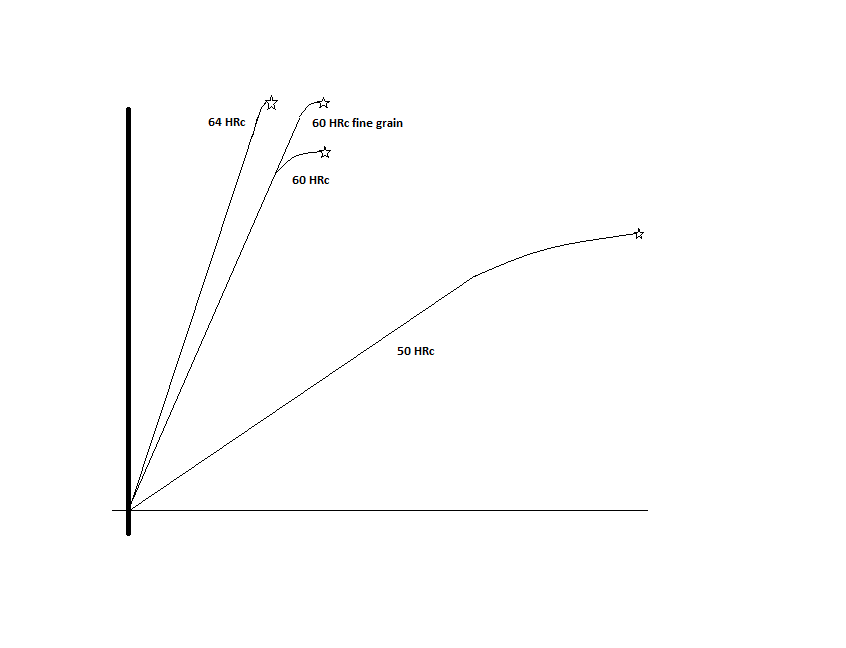This is a simple question, but when I try to find the answer via googling there is a low signal to noise ratio. My question is what makes the steel in japanese chisels have such a significantly higher rockwell hardness? Is it the elemental blend (more chrome, vandium, etc.) or is it the forging process which compacts the carbides or is it tempered less or is it something else entirely?




 Reply With Quote
Reply With Quote


 ). Today, the electric arc furnace has replaced the crucible process.
). Today, the electric arc furnace has replaced the crucible process. 


 ).
).
